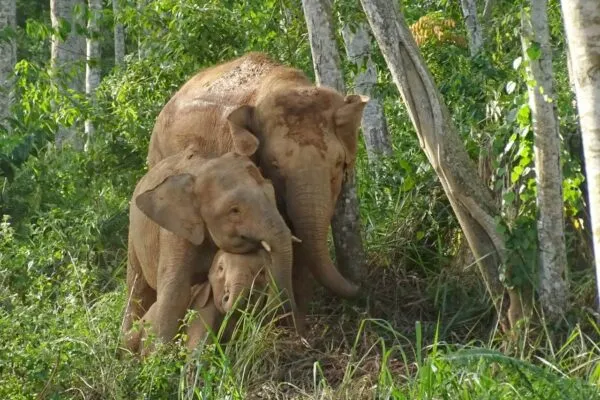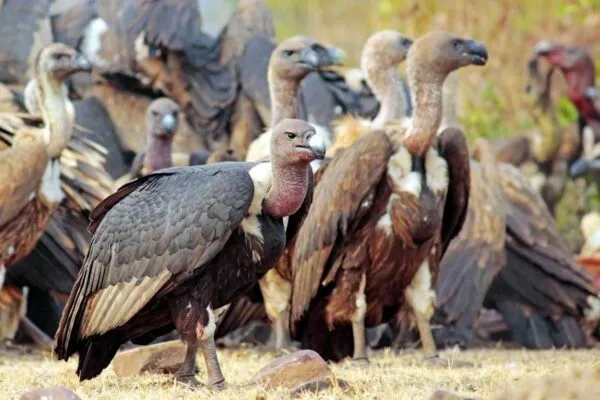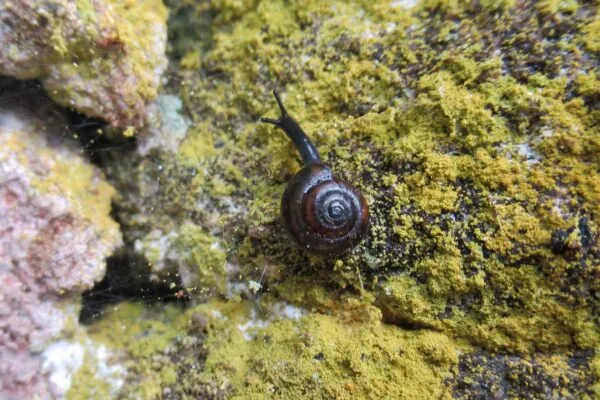Meet Elizabeth Anne – World’s First Cloned Black-Footed Ferret
Scientists may have found a way to save endangered species through cloning. Recently, the US Fish and Wildlife Service announced the birth of a cloned black-footed ferret, christened Elizabeth Anne. This is the world’s first cloned black-footed ferret, which is one of the most endangered mammals in North America.
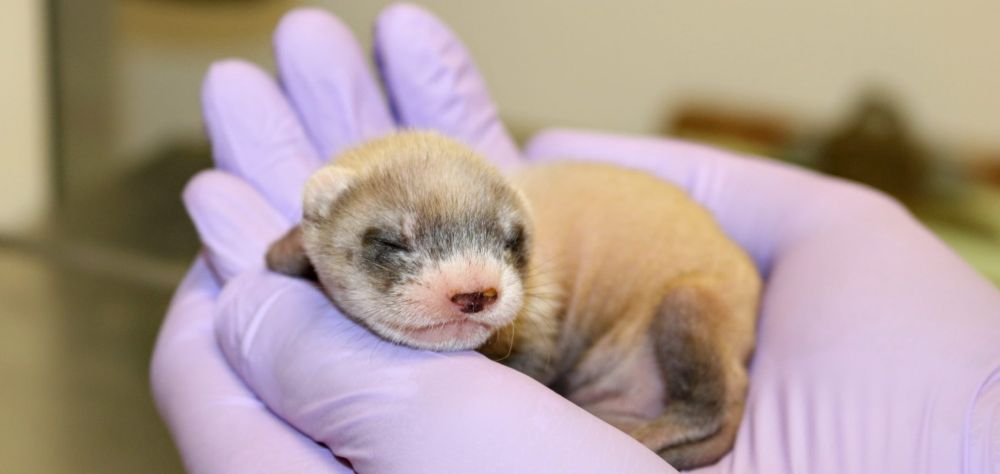
Meet Elizabeth Anne, World’s First Cloned Black-Footed Ferret | Image: Revive & Restore
Elizabeth Anne is the first of its species to be cloned with the aim of increasing the genetic diversity of the species. Born in December 2020, the ferret was created from frozen cells of a black-footed ferret that lived over three decades ago. Currently, this clone is being cared for by her surrogate domestic ferret mother and the staff at the National Black-footed Ferret Conservation Center (NBFFCC) in Colorado.
The species was thought to be extinct until a single colony of seven ferrets was discovered in 1981. The Wyoming Game and Fish Department captured the ferrets to protect them in a safe habitat. Since then the population of the species has thrived but lacks genetic diversity.
The recent cloning is significant given that the clone parent, Willa, was recovered from the last wild black-footed ferrets and did not belong to the family of recovered seven. Samples of the wild ferret were preserved at the San Diego Global’s Frozen Zoo from 1988. The cloning program can help increase the gene pool of the species and create a more biodiverse population that is resistant to disease.
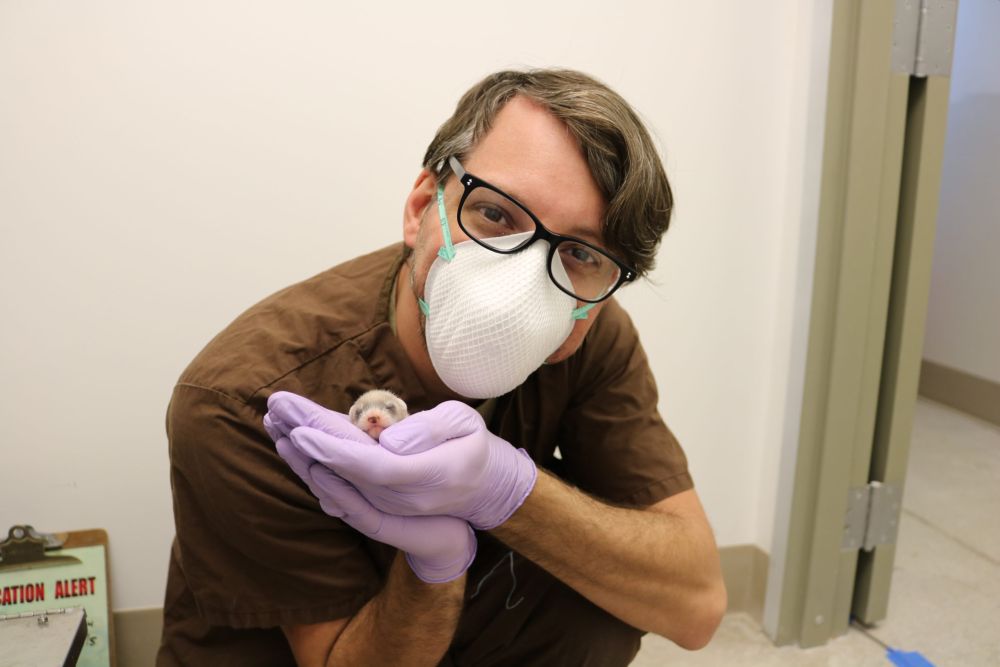
Revive & Restore Lead Scientist Ben Novak holding Elizabeth Ann | Image: Revive & Restore
According to Revive & Restore, a biotechnology nonprofit that partnered with the USFWS for the cloning program, Elizabeth Anne was not merely a science experiment, but part of a greater movement toward “de-extinction.” The company believes that advances in biotechnology will make it possible to bring many species back from extinction, or at the very least introduce some proxy species including the traits of extinct animals.
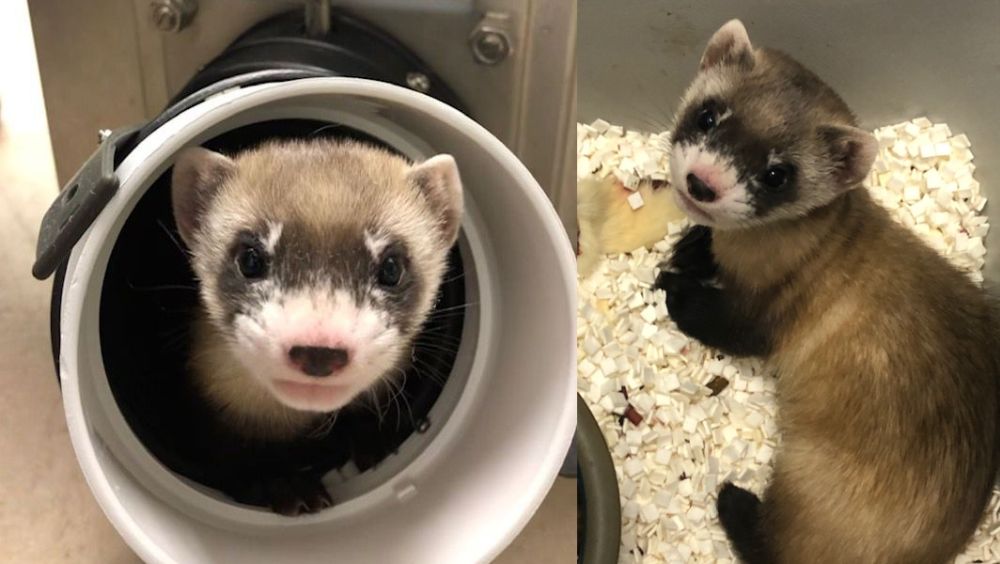
Elizabeth Ann at 37 days old | Image: Revive & Restore/USFWS
Revive & Restore is presently working with the Woolly Mammoth revival Team at Harvard to identify the genes that enabled the animals to live in extremely cold environments, and is transforming those genes into the DNA of Asian elephants. While there is still much work to be done, some scientists believe it is a step in the right direction and a chance to bring back the lost creatures of the world.
However, one might wonder about the advantages and disadvantages of genetic crossing. Although, such experiments can be handled tastefully in small creatures, combining the genes of two behemoth animals could go wrong and end up transforming into something that the world might not yet be ready to see or endure. Just food for thought.
